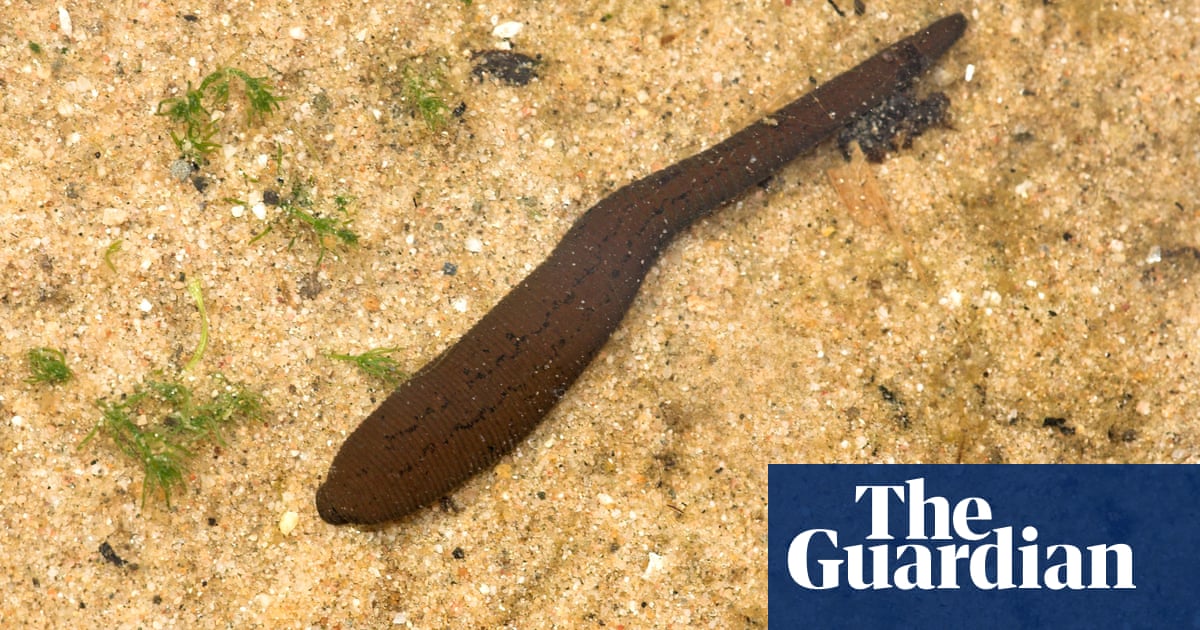
Ahead, the lowering ruins of Corfe castle dominate the gap in the chalk ridge. Here, on nearby common land, yellow tansy, mauve water mint, and thickets of ripe sloes, hips and haws brighten the splashy and undulating land.
Uphill on to Challow Hill from busy Corfe, our downward gaze necessarily concentrates on the extremely steep steps, but sideways a few blue harebells catch our attention.
On the exposed top, away from the noise of traffic, rooks caw and peck across the rain-softened shallow soil and turf; reddish-brown cattle lie facing the south-west wind and the distant prospect of Portland Bill.
The view north across the extensive heathlands, coniferous woods and saltings around Poole Harbour is partly obscured by ominous clouds, but sunshine lightens this prominent chalk outcrop, which extends for miles from Lulworth towards Ballard Down and the stacks of Old Harry, then under the sea to the Needles. On this undulating downland, close to tumuli on Nine Barrow Down, grey-fleeced sheep graze among withered grasses, bramble and gorse. The milky blue of Swanage Bay is in view with its pier, campsites, holiday chalets and suburbs extending towards Langton Matravers.
At Swanage, until the late 19th century and the advent of tourism, quays were heaped with Purbeck stone (“bankers”); slabs were manhandled into small boats, rowed out by loaders towards ketches for shipment to London. For centuries, stone was excavated from underground (known as “quarrs” here) then winched to the surface through shafts and tunnels.
Today, some stone is still quarried from opencast workings on the plateau south of our chalky vantage point; beyond and out on the southern coast, disused quarries eat into the sheer and blocky cliffs at Winspit, Seacombe and Dancing Ledge. By Worth Matravers, ancient cultivation areas (“strip lynchets”) recall the earlier influence of man on the landscape. Last month, between there and the vaulted chapel on St Aldhelm’s Head, hundreds of swallows and martins were gliding, darting and swooping, feeding up on insects above the seeding vegetation, ivy flowers, wild cabbage and overripe blackberries, high above the sparkling sea.












